Results
-
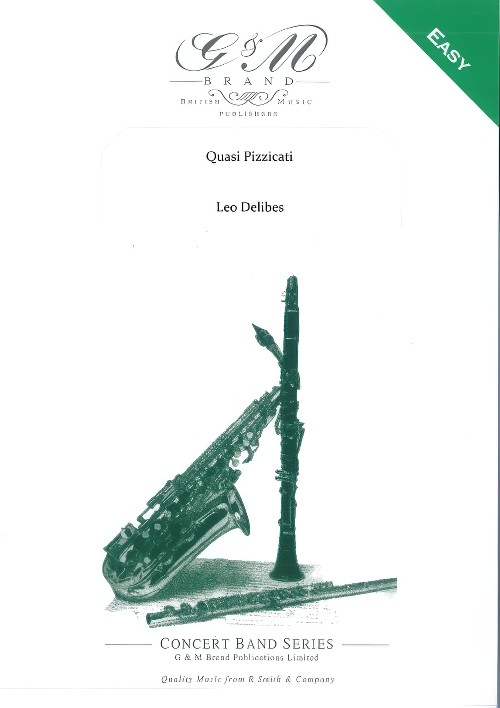 £49.95
£49.95Quasi Pizzicati (Concert Band - Score and Parts) - Delibes, Leo - Brand, Geoffrey
Pizzicati is a direction to players of stringed instruments to play the notes by plucking the strings with the finger. So 'Quasi Pizzicati' (quasi=like) is an invitation to wind players to produce the effect of plucking the sound by the use of staccato. An interesting challenge! the music is from the ballet, Sylvia, by French composer Leo Delibes (1836-1891). Its light-handed touch deftly conjures a scene of graceful ballerinas, poised on points of toes, making staccato-like movements.
Estimated dispatch 7-14 working days
-
 £9.95
£9.95Quasi Pizzicati (Concert Band - Score Only) - Delibes, Leo - Brand, Geoffrey
Pizzicati is a direction to players of stringed instruments to play the notes by plucking the strings with the finger. So 'Quasi Pizzicati' (quasi=like) is an invitation to wind players to produce the effect of plucking the sound by the use of staccato. An interesting challenge! the music is from the ballet, Sylvia, by French composer Leo Delibes (1836-1891). Its light-handed touch deftly conjures a scene of graceful ballerinas, poised on points of toes, making staccato-like movements.
Estimated dispatch 7-14 working days
-
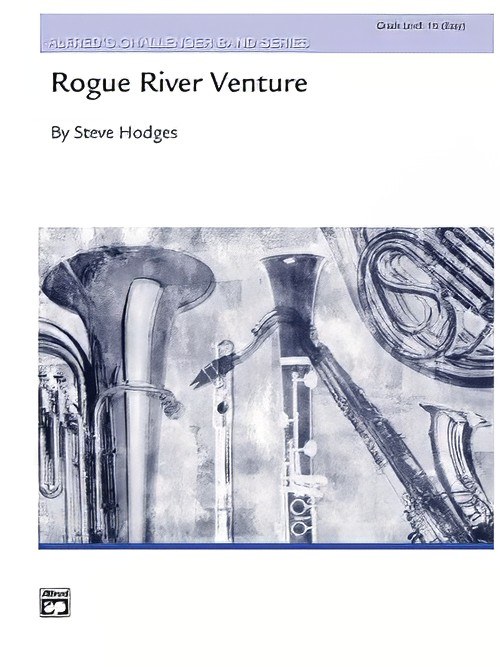 £41.50
£41.50Rogue River Venture (Concert Band - Score and Parts) - Hodges, Steve
Take a ride down the rapids with this exciting piece by Steve Hodges. Based on the Dorian mode, the melodies are shared by all sections of the band throughout the piece. The driving accompaniment of the first section is complemented well by the flowing triple-meter patterns of the middle section. From the opening measure to the dynamic conclusion, your young band will thoroughly enjoy this adventure! Duration: 2.00
Estimated dispatch 7-14 working days
-
 £48.95
£48.95Carolina Tribute (Concert Band - Score and Parts) - Hodges, Steve
Two contrasting movements provide ample opportunity for each section to shine in this tasteful work by Steve Hodges. The sensitive first movement features optional solos by the saxophone and clarinet. Following a soaring presentation by the full band, the soloist entwine in a duet to end the movement in a peaceful, reverent manner. The second movement begins with a strong bass introduction before settling into a vibrant, "alla breve" march. Carolina Tribute is ideally suited for the developing young band. A real winner! Duration: 4.15
Estimated dispatch 7-14 working days
-
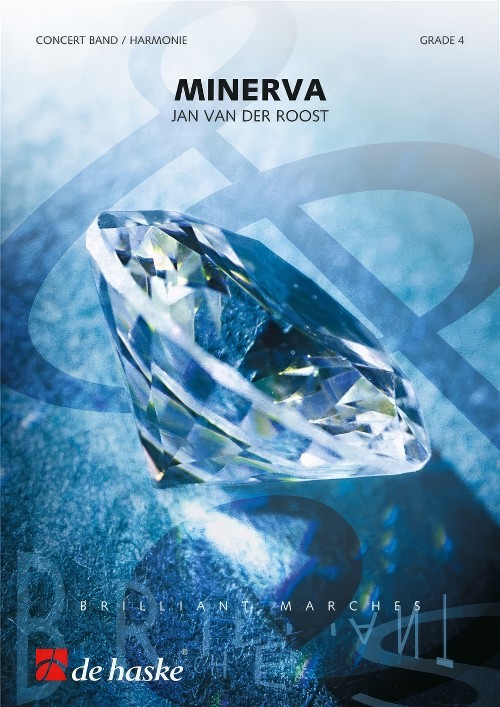 £89.99
£89.99Minerva (Concert Band - Score and Parts) - Van der Roost, Jan
Minerva by Jan Van der Roost was composed on the commission of the German "Musikverein Braunshausen" on the occasion of the 75th anniversary of the orchestra. The composition, first performed on September 17, 1999, is not a street march but a concert march, just like Mercury and Arsenal. The use and variation of different rhythmic patterns gives the first part of this march a distinctly dynamic character. Two main themes are presented in several instrumental combinations. The theme from the trio, on the other hand, is characterized by a broad melodic approach using large intervals. This theme, wreathed by high woodwinds, is heard one more time after a contrasting new part, but now in a somewhat slower tempo. The counterpoint in this part refers to the first part of the march. The brilliant ending suits a festive anniversary march!Duration: 4:00
Estimated dispatch 7-14 working days
-
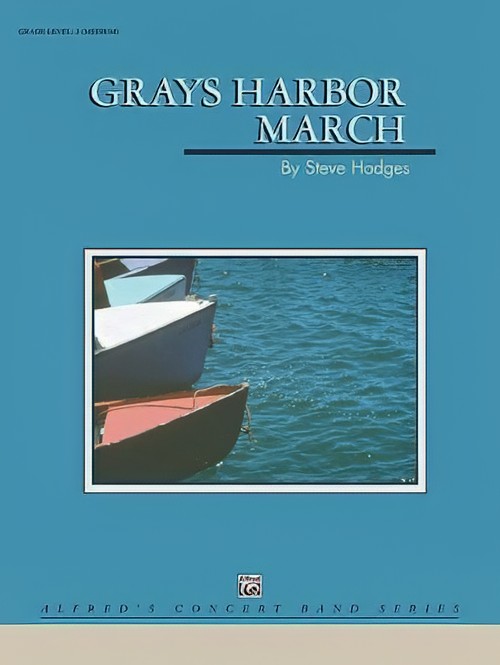 £53.95
£53.95Grays Harbor March (Concert Band - Score and Parts) - Hodges, Steve
Here's an energetic concert or festival opener by Steve Hodges. Grays Harbor March was commissioned by the George B. Miller Junior High School in Aberdeen, Washington. This exciting march was written in two distinct styles. Set in the minor mode, the driving opening will give your trumpets a chance to show off their rhythmic skill. Then, a graceful transition leads to the flowing middle section in the relative major, only to return back to the original theme for the fantastic finish. Open your next concert by taking your audience to Grays Harbor! Duration: 3.30
Estimated dispatch 7-14 working days
-
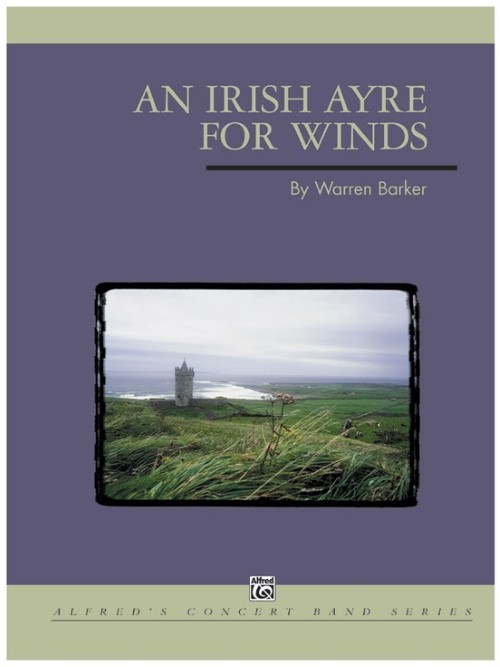 £64.95
£64.95An Irish Ayre for Winds (Concert Band - Score and Parts) - Barker, Warren
Lush harmonizations and mellifluous melodies characterize this gorgeous Irish ballad-style piece by Warren Barker. The warm introduction gives way to the first statement of the lilting melody by a solo clarinet. After adding the rest of the clarinet section, the trumpets take over the theme, leading to a soaring statement by the entire ensemble. Eventually, the stirring theme modulates and unfolds into an expansive climax. This lyrical showcase will make a beautiful impression on your band as well as your audience! Duration: 3.45
Estimated dispatch 7-14 working days
-
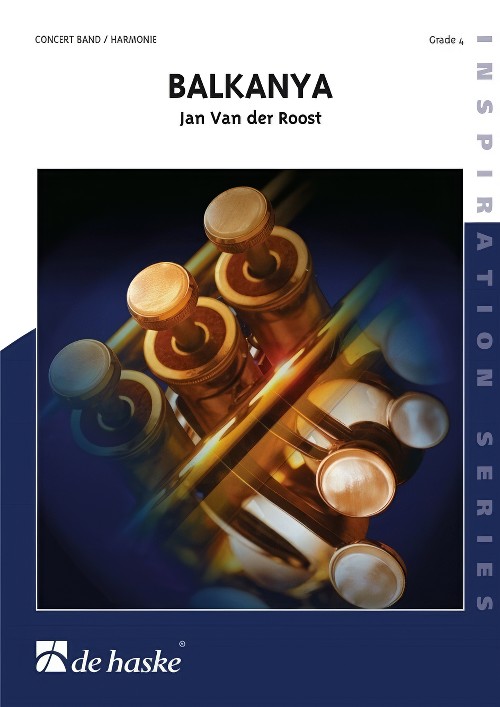 £154.99
£154.99Balkanya (Concert Band - Score and Parts) - Van der Roost, Jan
Balkanya, a suite in three parts composed by Jan Van der Roost, was commissioned by the Music School of Gaillon - Aubevoye (France) for the celebration of the twentieth anniversary of its creation. Jan Van der Roost dedicated the piece to the director of the school: Thierry Patel. As in his earlier work, Puszta, the composer makes no use of existing dances or themes in these three Balkan dances. This high-spirited suite takes its own approach to the folk music of the Balkan countries and is characterized by unique changes in tempo and spirit. Woodwinds, brass and percussion all have equal parts, making this suite attractive and enjoyable for the entire band.Duration: 10:15
Estimated dispatch 7-14 working days
-
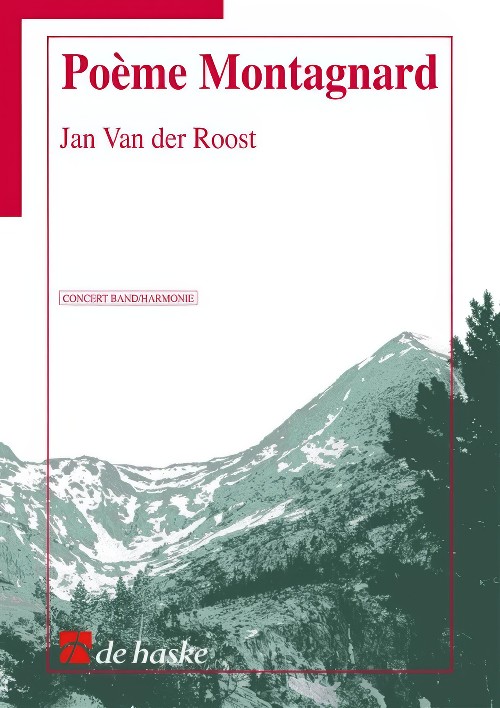 £264.99
£264.99Poeme Montagnard (Concert Band - Score and Parts) - Van der Roost, Jan
Jan Van der Roost received the commission for this work from the Orchestre d'Harmonie du Val d'Aoste and dedicated the composition to Lino Blanchod, the conductor of the orchestra. The first performance was on 26th January 1997 by the orchestra itself and under the direction of the composer. This extensive symphonic poem depicts the atmosphere and history of the autonomous French speaking region Val d'Aoste in northern Italy, and is meant as a musical homage to the historical figure Catherine de Challant. The opening of this piece describes the rugged nature of this region dominated by Mont Blanc, the roof of Europe. A brief, combative passage conjures up the numerous wars fought here through the ages, later expanding into a surprising 'Renaissance Dance' with an original and fitting recorder quartet. A broad, lyrical theme portrays the love that has always played an important role here. After recapturing several of the earlier themes, the piece closes with the renaissance dance, this time played by the brass. A spectacular finale brings this symphonic poem to a close.Duration: 18:30
Estimated dispatch 7-14 working days
-
 £139.99
£139.99Spirit of Independence (Concert Band - Score and Parts) - Van der Roost, Jan
Spirit of Independence' was commissioned by the Koninklijke Fanfare 'Onafhankelijkheid' ('Independence') from Wiekevorst (Belgium) on the occasion of its 25th anniversary. The piece depicts an enthusiastic amateur music club, practicing and making music together in an attentive and companionable atmosphere. The conductor has the good habit of trying to improve the sound of the fanfare by means of practicing chorales and hymns. Jan Van der Roost has used these facts in the dynamic concert piece 'Spirit of Independence': a chorale-like middle section is surrounded by music bubbling full of energy.Duration: 9:15
Estimated dispatch 7-14 working days
